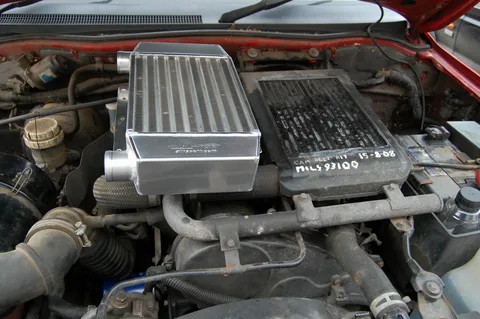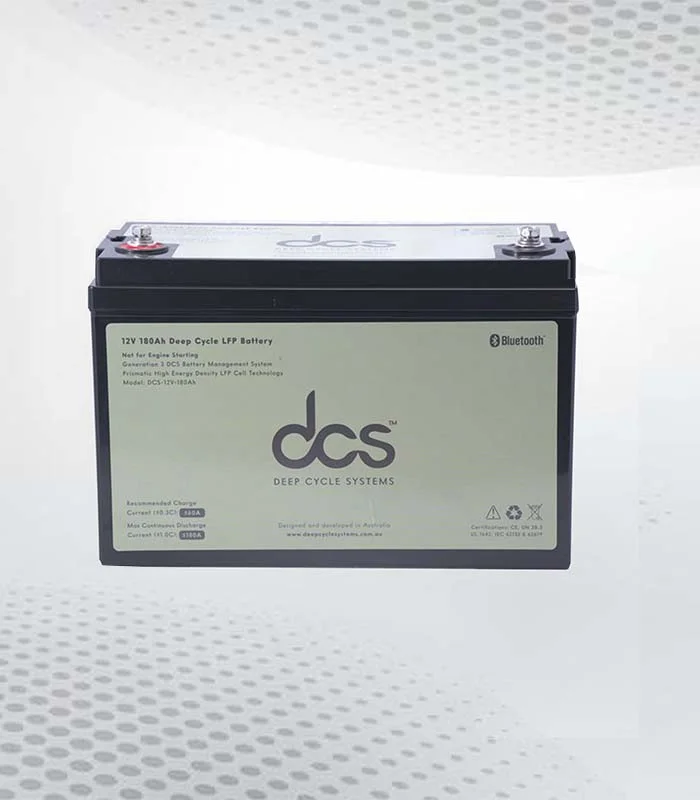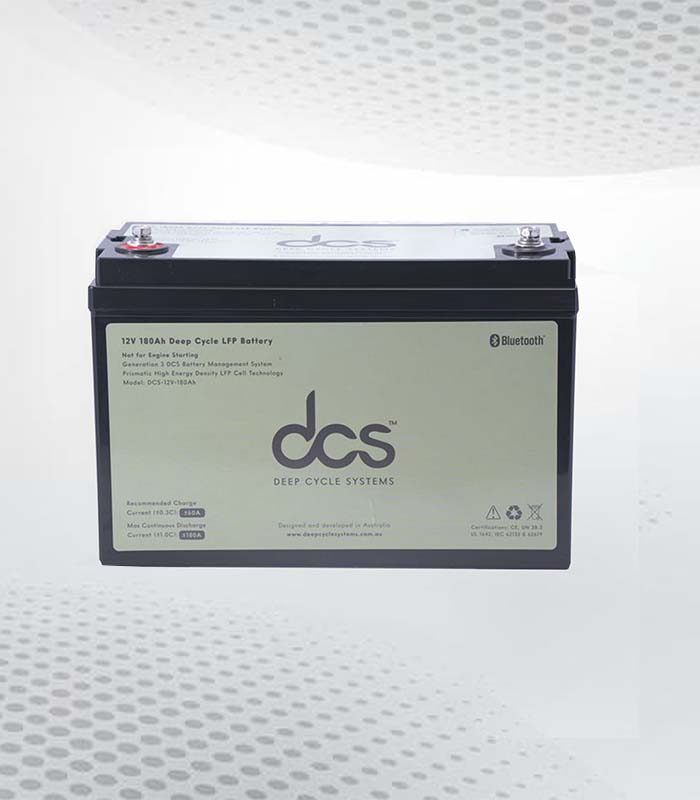When it comes to driving a Mitsubishi Triton, every detail counts. The thrill of hitting the open road and conquering rugged terrains is all part of the adventure. But have you ever thought about the importance of the turbo intake hose in this equation? This often-overlooked component plays a vital role in your truck’s performance. It’s not just any rubber tube; it’s an essential piece that helps boost efficiency, throttle response, and overall power. Whether you’re a seasoned off-roader or enjoy everyday drives, understanding your Mitsubishi Triton Turbo Intake Hose can make all the difference.
Understanding the Intercooler Hose Mn Triton
The intercooler hose in the Mitsubishi Triton is a vital link in your turbocharged engine’s cooling system. It connects the intercooler to the intake manifold, ensuring that cool air enters your engine for optimal performance. This small yet mighty component helps maintain ideal temperatures during those intense drives.
The Intercooler Hose Mn Triton is made from durable materials and withstands high pressures and extreme temperatures. Its design allows it to handle everyday driving and hard-core off-roading demands. However, even though parts can wear down over time due to heat cycling and contaminant exposure.
A well-functioning hose ensures efficient airflow, which translates into improved power output and fuel efficiency. When everything’s flowing smoothly, you’ll notice better throttle response as your vehicle accelerates quickly.
If this critical element starts failing, signs like reduced power or increased smoke could surface—not what you want on your adventures! Keeping an eye on its condition is essential for any Mitsubishi Triton owner who cherishes performance.
Understanding how this component works empowers you as a driver. You’ll be more equipped to spot issues before they escalate and make informed decisions about upgrades or replacements for peak enjoyment on every journey.
Functionality of the Intercooler Hose
The intercooler hose plays a vital role in your Mitsubishi Triton’s performance. It connects the turbocharger to the intercooler, ensuring the air entering the engine is cool and dense. This helps optimise combustion efficiency, allowing your Triton to deliver power when needed.
Hot air from the turbo charges through this hose can lose energy and performance if not managed properly. That’s where an efficient intercooler hose comes into play. Transporting cooler air enhances horsepower and torque, giving your vehicle a much-needed edge on rugged terrains or during heavy towing.
Moreover, a well-functioning intercooler hose helps maintain consistent boost pressure across different RPM ranges. This stability contributes to smoother acceleration and improved throttle response, resulting in an exhilarating driving experience.
This crucial component boosts performance and reduces turbo lag. Your Triton feels more responsive with a quicker airflow transition from the turbocharger to the engine bay.
Don’t overlook its importance in maintaining optimal engine temperatures. A reliable intercooler hose ensures that heat levels remain manageable while keeping those pesky warning lights at bay.
Diagnosing the Intercooler Hose Triton Issues
When diagnosing issues with your Intercooler Hose Triton, the first step is to be vigilant. Listen for any unusual sounds while driving. A hissing or whistling noise can indicate a leak in the hose, which can affect performance.
Next, inspect visually. Look for cracks, tears, or signs of wear and tear on the hose. Even minor damage can lead to more significant problems if not addressed early.
Don’t underestimate temperature changes, either. If you notice that your engine is running hotter than usual, it could signal an issue with airflow caused by a compromised intercooler hose. Your turbo relies heavily on this component for optimal efficiency.
Another red flag is reduced acceleration power. If your Triton feels sluggish during takeoff or struggles at higher speeds, it might be time to investigate the intercooler’s health further.
Check for error codes using an OBD-II scanner. These codes often provide specific insights into what may be wrong with your intake system, leading you straight to potential intercooler hose complications without guesswork.
Steps to Replace the Intercooler Hose Mitsubishi Triton
Replacing the intercooler hose Mitsubishi Triton can feel daunting, but it’s manageable with a little patience and the right tools. Start by gathering everything you need: a new intercooler hose, clamps, pliers, and perhaps some engine cleaner.
First, ensure the engine is cool to prevent burns. Disconnect the battery to avoid any electrical mishaps during your repair. Once that’s done, locate the old intercooler hose; it usually runs from the turbocharger to the intercooler.
Using your pliers, carefully loosen and remove any clamps holding the old hose in place. Be prepared for some residual coolant or air to escape as you detach it from both ends. A gentle twist can often help free stubborn hoses that have remained stuck over time.
Next, position your new Mitsubishi intake hose in its place. Secure each end with fresh clamps—tightening them adequately ensures no leaks later on!
Reconnect your battery and start your truck to check for smooth operation and possible leaks before hitting that open road again.
Preventive Maintenance for Intercooler Hose
Preventive maintenance for your Mitsubishi turbo intake hose is key to ensuring optimal performance. Regular checks can save you from costly repairs and keep your engine running smoothly.
Start by inspecting the intercooler hose visually. Look for any signs of wear, cracks, or leaks that may compromise its functionality. A small issue today could escalate into a bigger problem tomorrow.
Next, ensure all connections are tight. Loose fittings can lead to air leaks, affecting power and efficiency. Please give them a good twist every few months, and listen for unusual sounds while driving.
Cleaning the hose is another essential step in preventive care. Dirt and debris can accumulate over time, obstructing airflow. Use a soft cloth or compressed air to remove any buildup gently.
Consider scheduling regular check-ups with a professional mechanic who understands Mitsubishi models well—this will help spot potential issues before they become severe headaches. Taking these proactive steps will enhance your vehicle’s longevity and improve overall performance on those thrilling off-road adventures!
Benefits of Upgrading the Mitsubishi Triton Turbo Hose
Upgrading the Mitsubishi Triton turbo hose can transform your driving experience. A high-performance turbo intake hose improves airflow, allowing your engine to breathe better. This translates into increased horsepower and torque, giving you that exhilarating boost when you hit the accelerator.
Another major perk of an upgraded hose is enhanced durability. Stock hoses might wear out or crack over time due to heat exposure. Premium alternatives are crafted from advanced materials designed to withstand extreme temperatures and pressure, ensuring longevity.
Improved throttle response is also a noticeable benefit. With a more efficient design, the new hose helps eliminate accelerating lag. With every push on the gas pedal, you’ll feel more connected to your vehicle.
Installing a quality aftermarket turbo intake hose can also optimise fuel efficiency. Better airflow means less strain on your engine, leading to improved mileage over time—an enticing thought for any driver concerned about fuel costs.
Upgrading this component adds a touch of style under the hood. Many performance hoses come in various colours and finishes, enhancing aesthetics while showcasing your commitment to quality upgrades.
Testing the Intercooler Hose
Testing the intercooler hose is crucial in ensuring your Mitsubishi Triton runs at peak performance. A worn or damaged hose can lead to decreased efficiency and even engine issues. So, let’s explore how to test it effectively.
Start by visually inspecting the hose for apparent wear and tear signs. Look for cracks, bulges, or loose connections that could indicate potential problems. It’s amazing what you can uncover with just a keen eye!
Next, feel along the length of the hose while the engine is running. You’re checking for excessive heat or vibrations that may signal airflow restrictions or leaks. If something doesn’t feel right, it probably isn’t.
A more technical approach involves using a boost pressure tester. This tool allows you to pressurise the system and check for leaks accurately. Keep an ear out; hissing sounds are often telltale signs of escaping air.
If you suspect internal damage but can’t find anything externally, consider removing the hose entirely for further inspection. Sometimes what lies beneath isn’t visible until you take things apart! Regular testing ensures your Mitsubishi Triton maintains optimal performance on every adventure.
Conclusion
Regarding the Mitsubishi Triton Turbo Intake Hose, knowledge is power. Understanding its importance can significantly enhance your vehicle’s performance and longevity. Regular maintenance of the intercooler hose ensures that everything runs smoothly under the hood. A minor issue can become a significant problem if left unchecked, so vigilance is key. Upgrading to a high-quality turbo hose offers improved performance and peace of mind during long drives or off-road adventures. The right components make all the difference in how your Triton handles various terrains.
FAQS
What role does the intercooler hose play in my Mitsubishi Triton?
The intercooler hose helps transfer cooled air from the intercooler to the engine’s intake manifold. This cooler air improves combustion efficiency, boosting performance and fuel economy.
How do I know if my turbo intake hose needs replacement?
Look for signs like cracks, leaks, or swelling on the hose surface. Also, pay attention to decreased power or strange noises from under the hood; these could indicate an issue with your intercooler hose.
Can I replace the Mitsubishi Triton turbo intake hose myself?
Yes! If you’re comfortable with basic automotive repairs, replacing the Mitsubishi Triton Turbo Intake Hose can be straightforward. Just ensure you have the right tools and follow each step carefully.
What are some tips for preventive maintenance of my intercooler hose?
During routine maintenance checks, inspect your hoses for wear and tear. Keep them clean and free from debris, as dirt can damage them over time.
| Related Business Listings |
| Contact Directory |
| Local Business Profiles |




